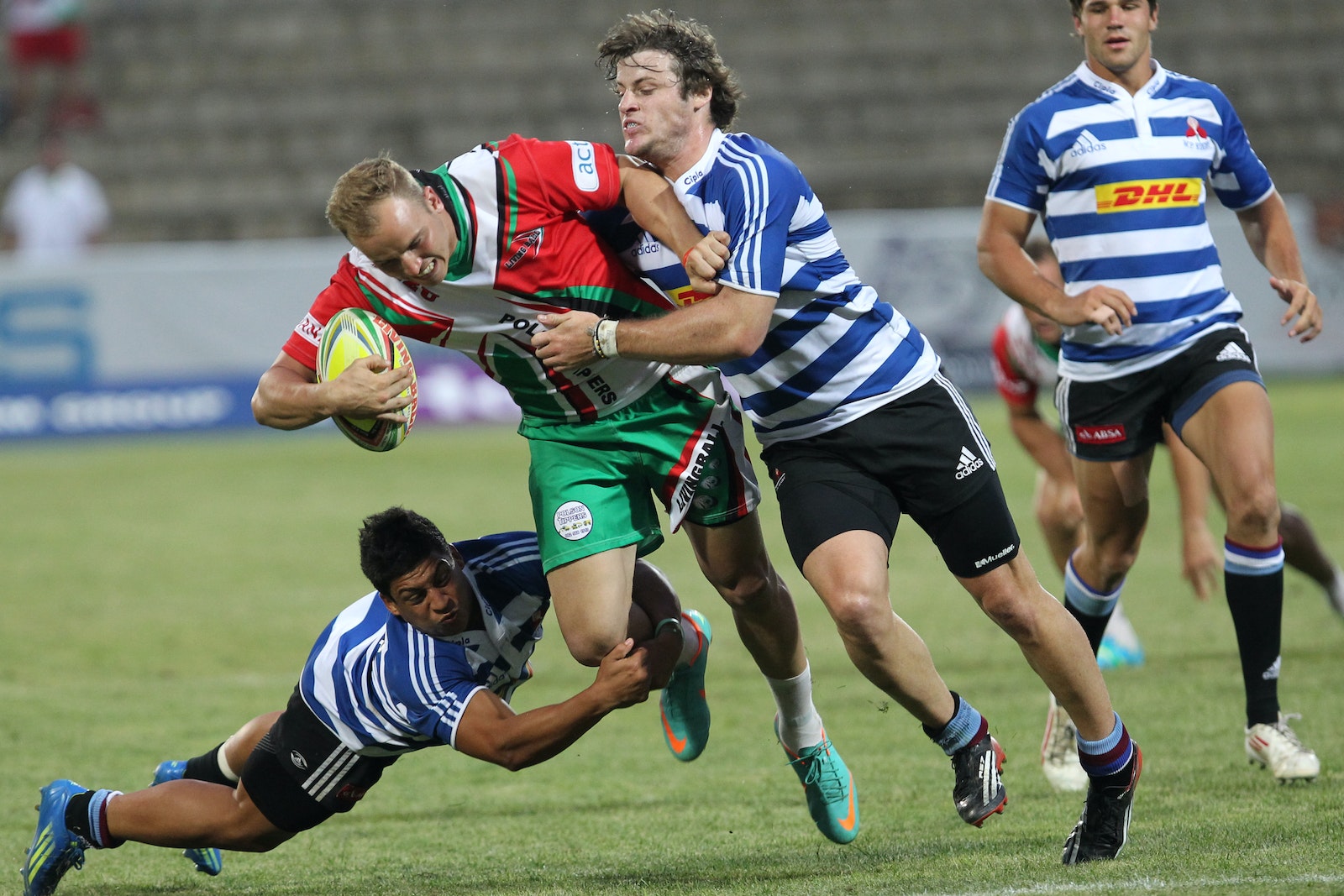Understanding CTE and Rugby Players
Rugby is a popular sport around the world, with millions of people tuning in to watch their favorite teams every weekend. But one thing that has been on the minds of many fans recently is whether or not rugby players are susceptible to developing chronic traumatic encephalopathy (CTE). This condition affects individuals who have suffered multiple concussions over the course of their lifetime, and it can cause long-term cognitive issues such as memory loss and difficulty concentrating. With this in mind, it’s important to understand how CTE may affect rugby players so that appropriate steps can be taken to prevent its occurrence.
What Is CTE?
Chronic Traumatic Encephalopathy is a progressive degenerative brain disorder caused by frequent blows or jolts to the head. It was first discovered in boxers in 1928 but has since been found among athletes from other contact sports such as football, hockey, wrestling, and soccer. Those who suffer from CTE will experience symptoms such as memory loss, confusion, impaired judgment, impulse control problems, and emotional instability. These symptoms can sometimes lead to depression or even dementia if left untreated.
Do Rugby Players Get CTE?
The answer is yes – several studies have suggested that rugby players are at risk for developing this condition due to the nature of their sport being a contact game where collisions occur often. The fact that players must tackle each other creates an environment where repeated impacts are likely; therefore, it stands to reason that those involved could develop CTE if they’re not careful about protecting themselves properly during matches and practice sessions alike.
That said, there’s no definitive proof yet which suggests exactly how much exposure an individual needs before they become susceptible – only more research will uncover this information definitively over time. However, it’s still important for all athletes participating in contact sports like rugby to take safety precautions seriously, especially those playing professionally. Wearing protective gear when possible, making sure coaches know about any prior injuries or conditions which might increase risk, and getting regular checkups with doctors specializing in sports medicine – all these measures should be taken into account when playing any sport involving physical impact.
Conclusion
While we don’t yet know enough about whether or not rugby players are particularly prone to developing CTE compared with other contact sports athletes due lack of data available, what we do know is that proper safety measures should always be followed when engaging in physical activities like these . Wearing protective gear whenever possible while also staying aware of signs indicating potential injury risks could help ensure better health outcomes overall – both now and later down the line.

